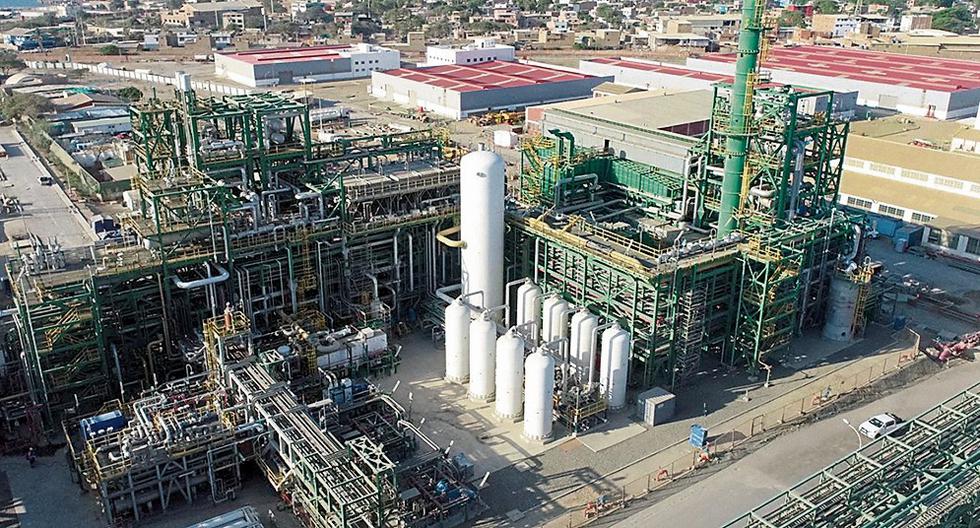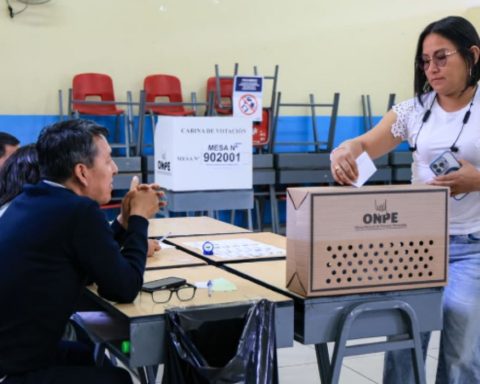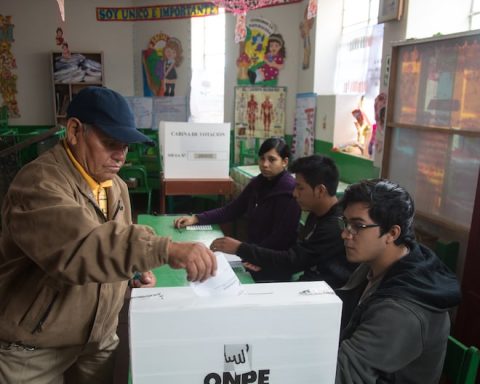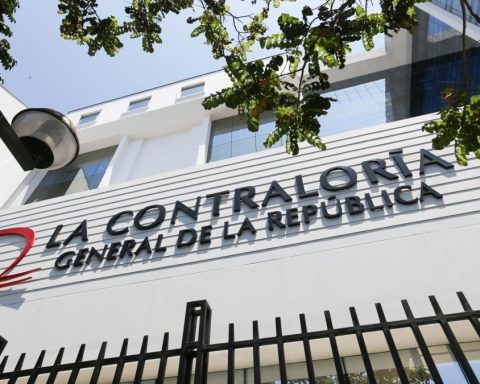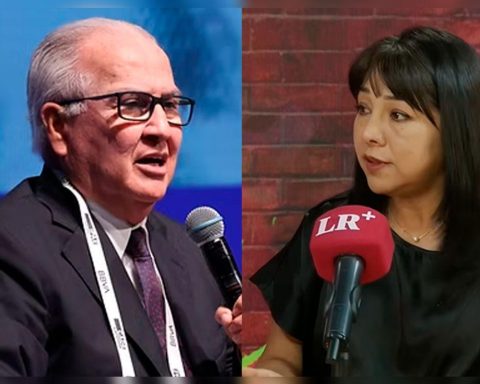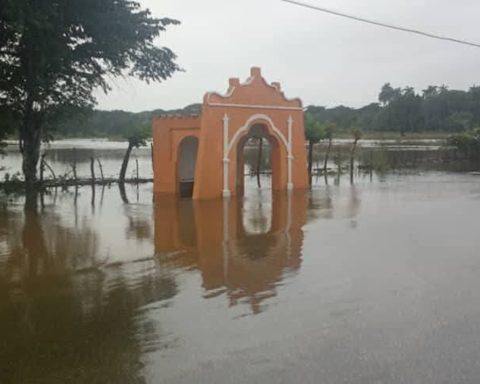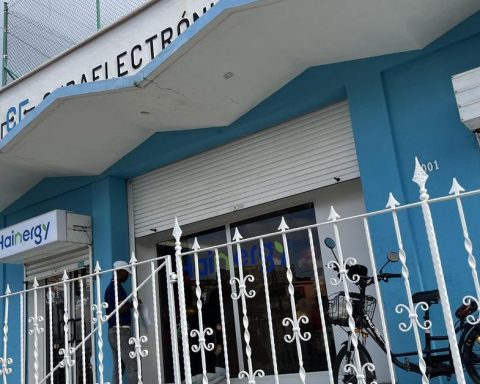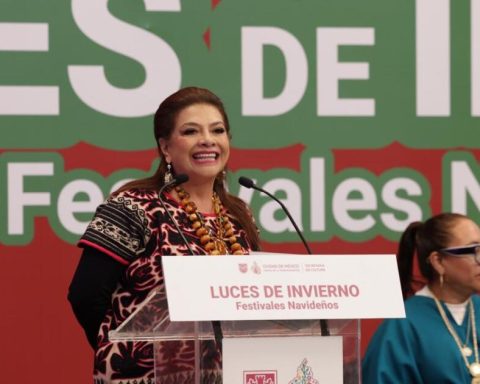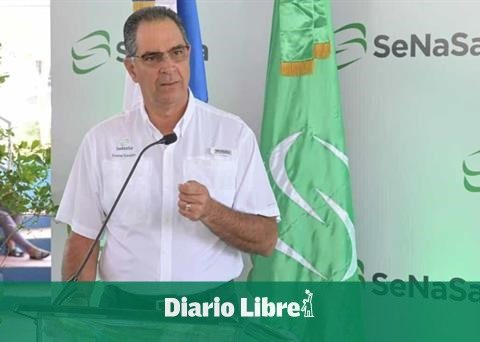The execution of the modernization of the New Talara Refinery registers an advance of more than 98%, as highlighted by the head of the Ministry of Energy and Mines (Minem), Alessandra Herrera, who carried out an official inspection of the facilities of the refinery complex.
The minister pointed out that this state megaproject generates 3,873 total direct jobs per month and has reached a maximum of 9,500 workers in the peak period of the construction stage, highlighting the presence of several women professionals, who work in the operations and support areas.
LOOK: ‘Tecnicas Reunidas’ delivers to Petroperú the primary distillation unit of the new Talara Refinery
The head of the Minem was accompanied by the Vice Minister of Electricity, Martín Dávila; the president of the board of directors of Petroperú, Humberto Campodónico; the president of the board of directors of the Supervisory Agency for Investment in Energy and Mines (Osinergmin), Omar Chambergo, and other sector officials.
During his tour, Herrera Jara verified that the execution of the work of this modern infrastructure has been complying with the operations schedule, and specified that, from now on, Peruvian users will be able to enjoy a clean and very good quality fuel due to the high processing standards it employs.
The new technology called flexicoking, which the new Talara Refinery has, will convert products of low economic value into high value products, such as gasoline and diesel, of the best possible quality and friendly to the environment; In addition, it will be able to process up to 95,000 barrels of oil per day.
Likewise, the official mentioned that air quality will be preserved and improved by producing fuels with less than 50 parts per million (ppm) of sulfur. She also highlighted the implementation of the seawater collection, desalination and treatment plant, which marks an important milestone in the gradual start-up of the refinery.
Finally, the head of the sector highlighted the social initiatives that Petroperú has promoted within the framework of this megaproject, such as the donation of the Talara Modular Hospital, which has allowed the care of more than 39,000 patients with COVID-19; and the installation of a photovoltaic lighting system for the Talara artisanal fishing landing, among others.
